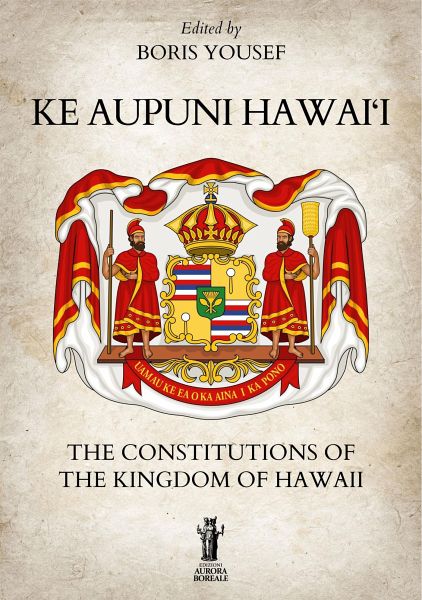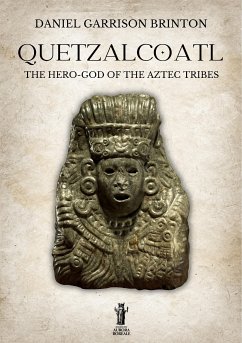
Ke Aupuni Hawai'i. The Constitutions of the Kingdom of Hawaii (eBook, ePUB)

PAYBACK Punkte
0 °P sammeln!
The Kingdom of Hawai¿i (Ke Aupuni Hawai¿i), was a sovereign state located in the Hawaiian Islands. The country was formed in 1795, when the warrior chief Kamehameha the Great, of the independent island of Hawai¿i, conquered the islands of O¿ahu, Maui, Molokai and Lanäi and unified them under one government. In 1810, the whole Hawaiian archipelago became unified when Kauäi and Ni¿ihau joined the Hawaiian Kingdom voluntarily. Two major dynastic families ruled the kingdom: the House of Kamehameha and the House of Kalakaua.The kingdom won recognition from the major European powers and the U...
The Kingdom of Hawai¿i (Ke Aupuni Hawai¿i), was a sovereign state located in the Hawaiian Islands. The country was formed in 1795, when the warrior chief Kamehameha the Great, of the independent island of Hawai¿i, conquered the islands of O¿ahu, Maui, Molokai and Lanäi and unified them under one government. In 1810, the whole Hawaiian archipelago became unified when Kauäi and Ni¿ihau joined the Hawaiian Kingdom voluntarily. Two major dynastic families ruled the kingdom: the House of Kamehameha and the House of Kalakaua.
The kingdom won recognition from the major European powers and the United States became its chief trading partner. In 1887 King Kalakaua was forced to accept a new constitution in a coup by the Honolulu Rifles, an anti-monarchist militia. Queen Lili¿uokalani, who succeeded Kalakaua in 1891, tried to abrogate the new constitution. She was overthrown in 1893, largely at the hands of the Committee of Safety. Hawai¿i was briefly an independent republic until the U.S. annexed it through the Newlands Resolution on July 4, 1898, which created the Territory of Hawai¿i.
Historian Boris Yousef presents in this essay the five constitutions of the Kingdom of Hawaii, from that of 1840 to the one, which never entered into force, of 1893.
The kingdom won recognition from the major European powers and the United States became its chief trading partner. In 1887 King Kalakaua was forced to accept a new constitution in a coup by the Honolulu Rifles, an anti-monarchist militia. Queen Lili¿uokalani, who succeeded Kalakaua in 1891, tried to abrogate the new constitution. She was overthrown in 1893, largely at the hands of the Committee of Safety. Hawai¿i was briefly an independent republic until the U.S. annexed it through the Newlands Resolution on July 4, 1898, which created the Territory of Hawai¿i.
Historian Boris Yousef presents in this essay the five constitutions of the Kingdom of Hawaii, from that of 1840 to the one, which never entered into force, of 1893.
Dieser Download kann aus rechtlichen Gründen nur mit Rechnungsadresse in A, B, BG, CY, CZ, D, DK, EW, E, FIN, F, GR, HR, H, IRL, I, LT, L, LR, M, NL, PL, P, R, S, SLO, SK ausgeliefert werden.













